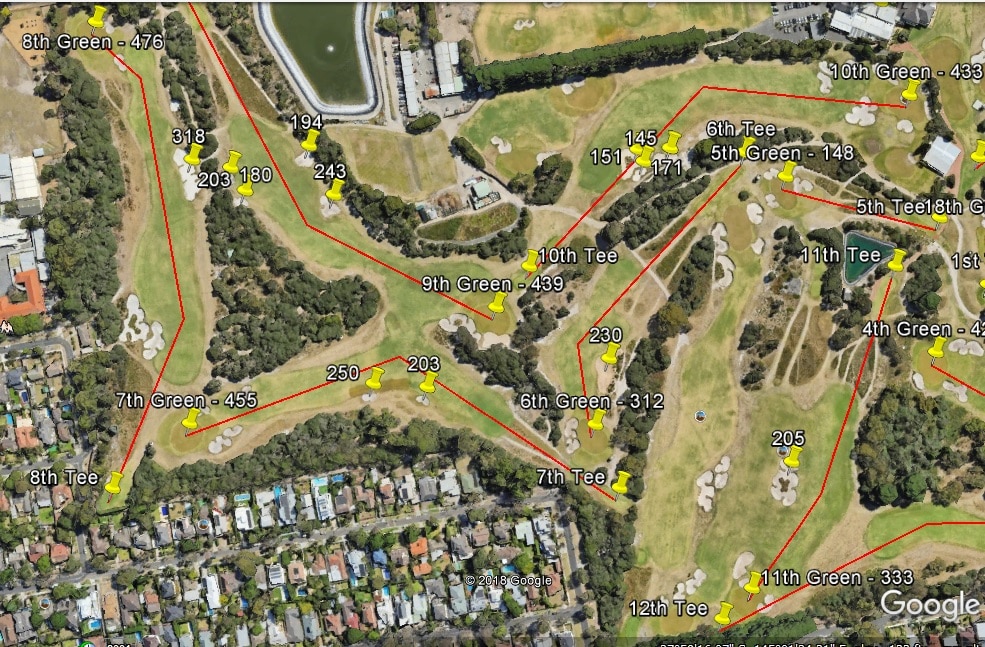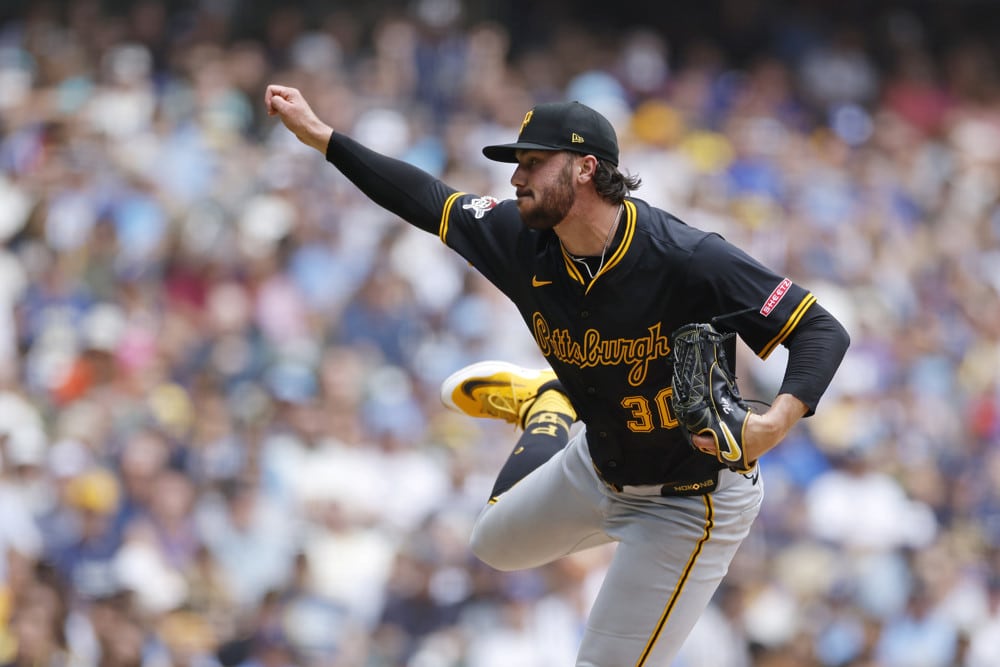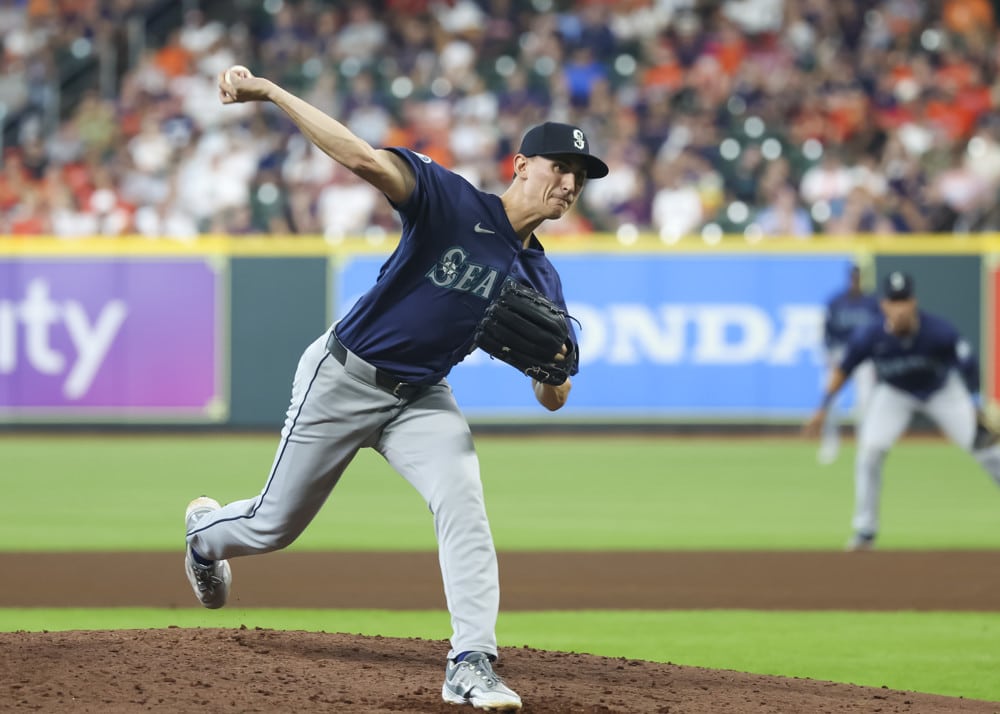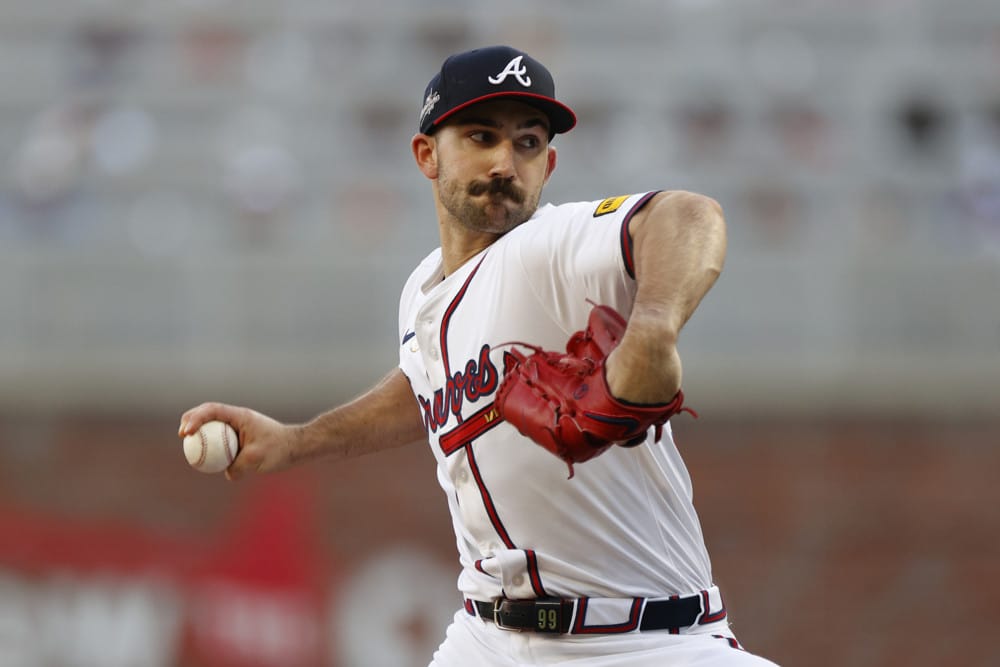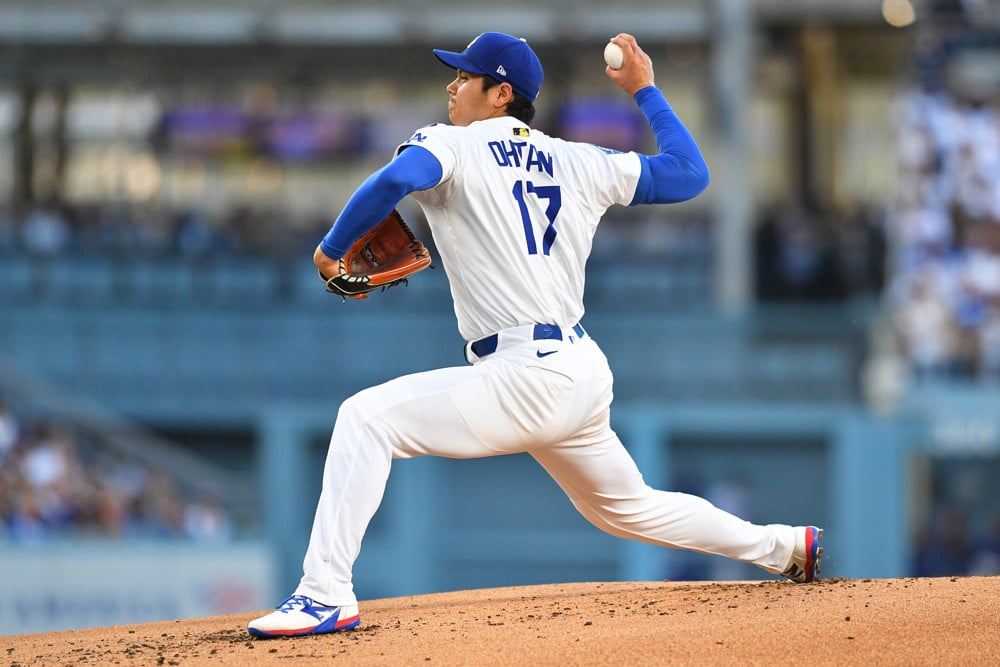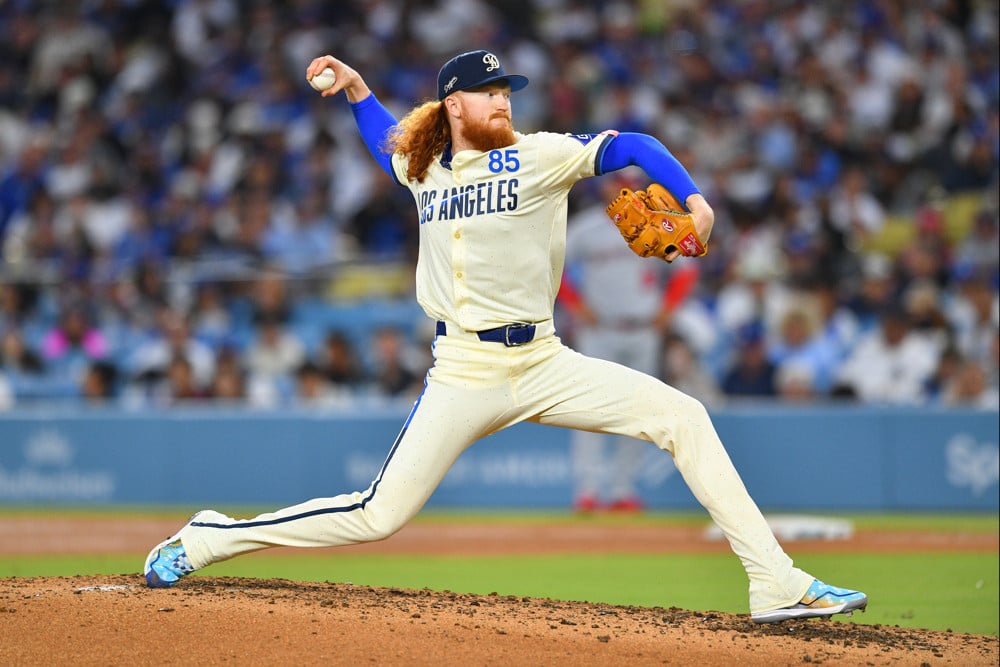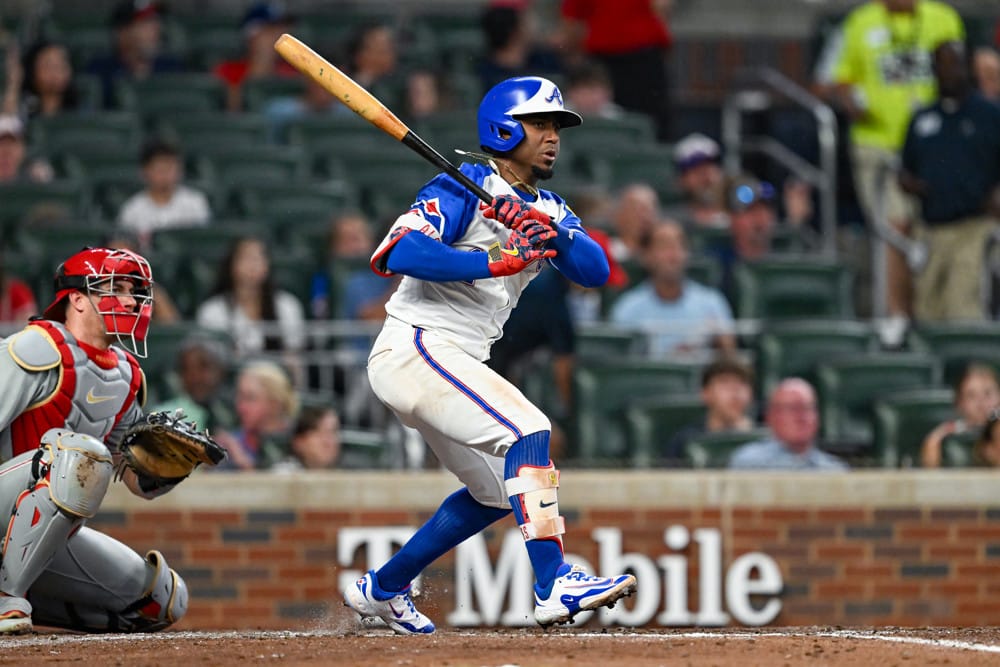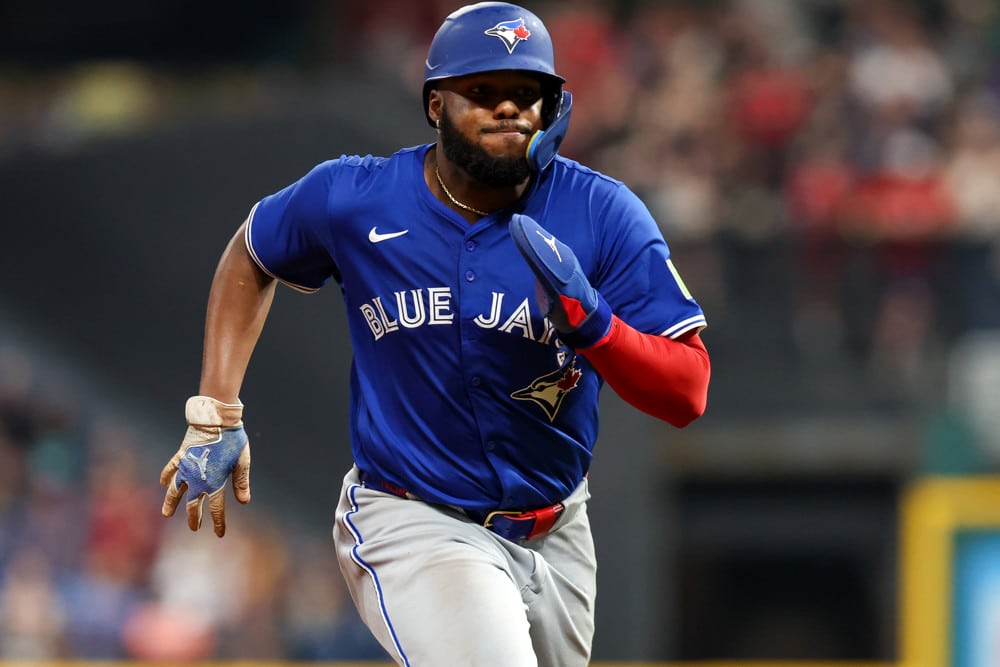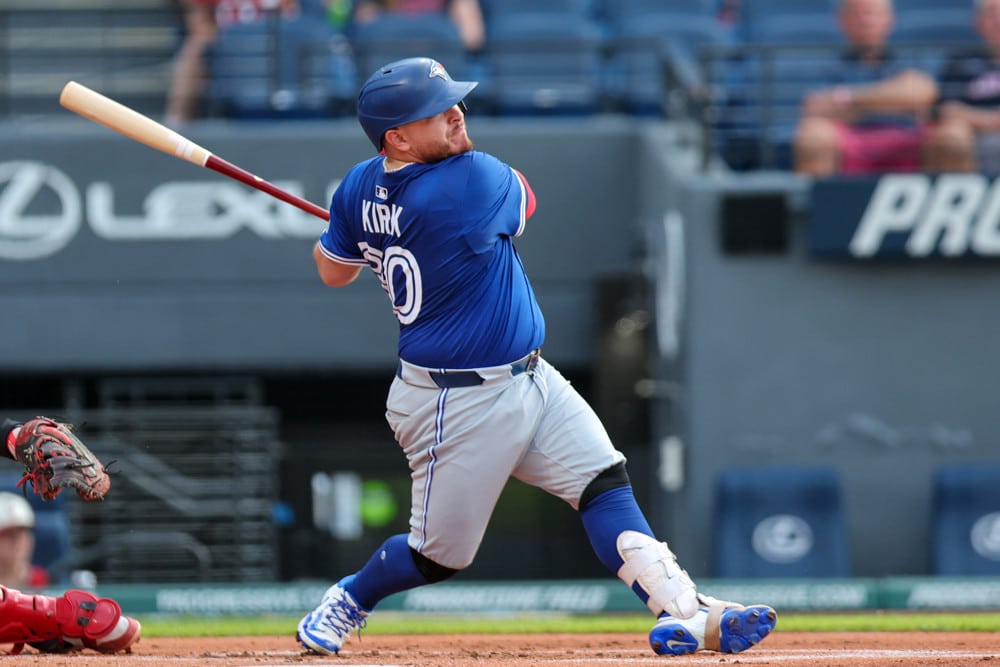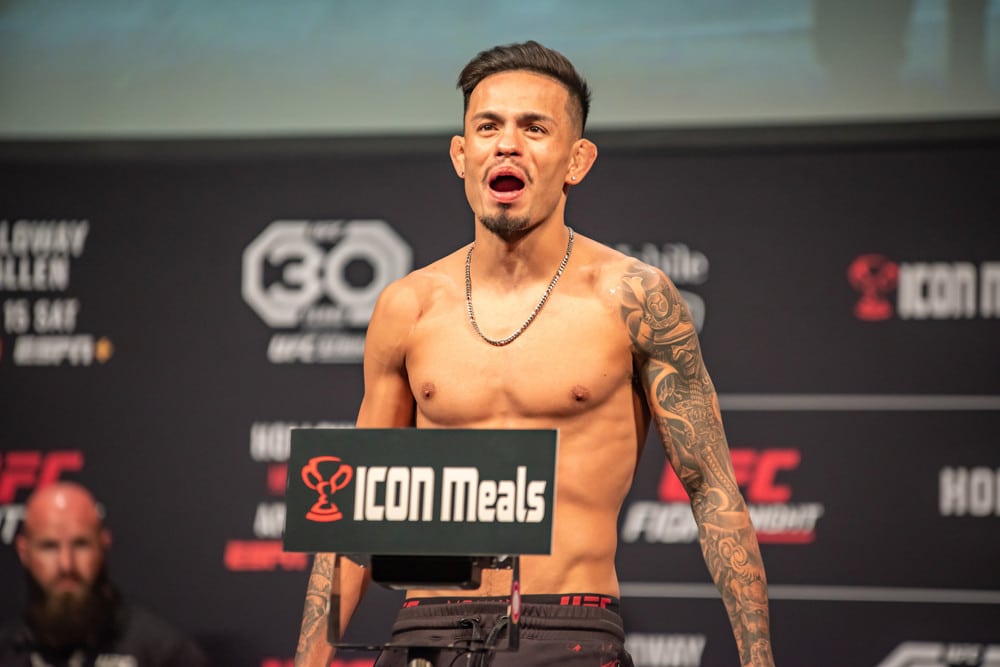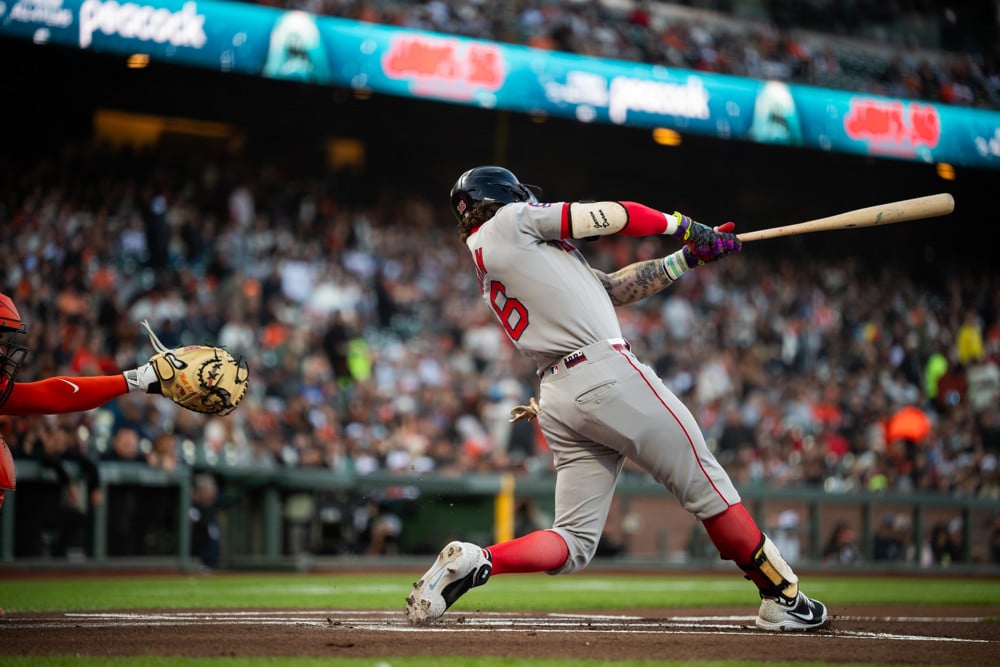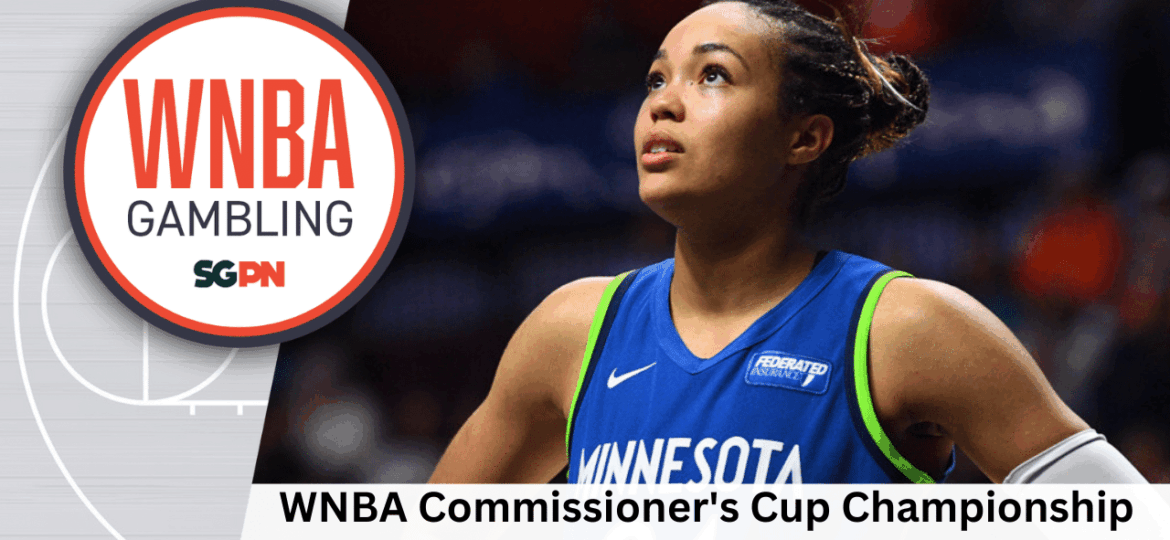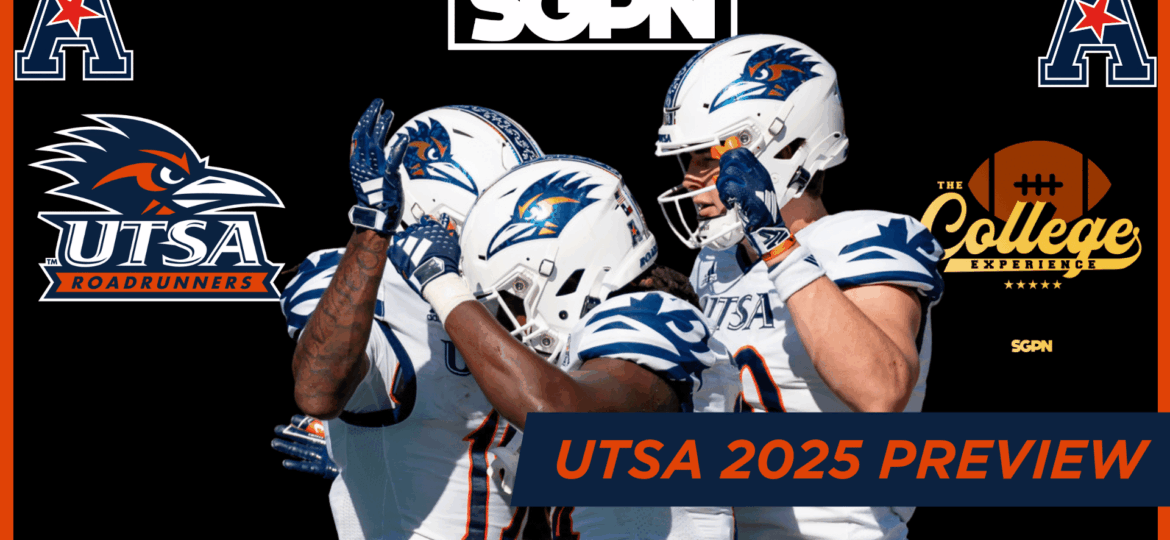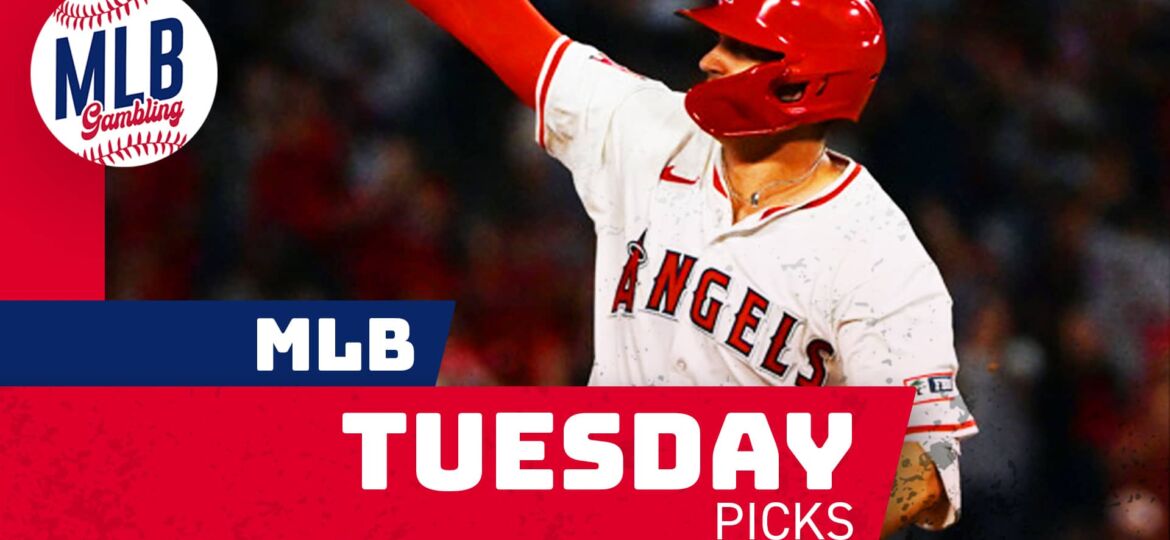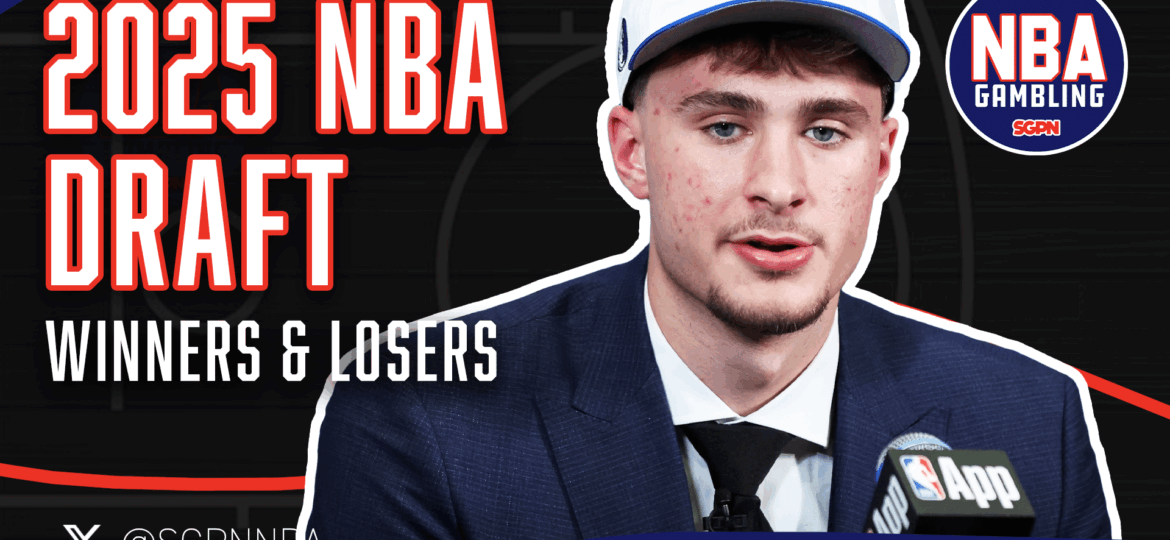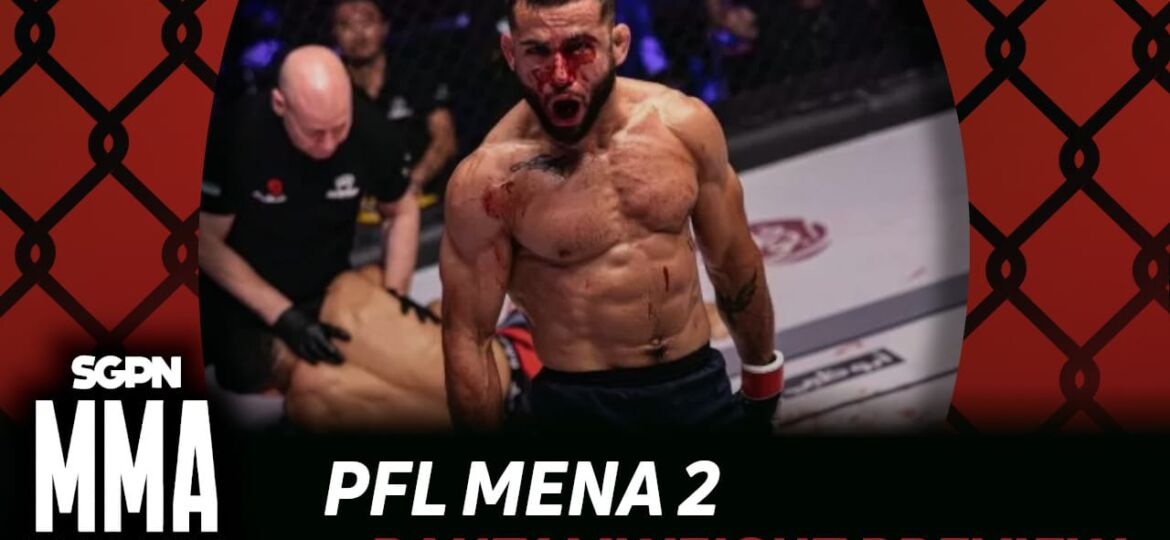Time to break out your USA romper, shotgun your way through a case of Budweiser and cheer on the good guys over on the other side of the globe. This week marks the return of the biennial competition between the best American golfers versus the best non-European players from around the globe for the 13th Presidents Cup at the Royal Melbourne Golf Club in Australia.
Let’s face it though – this is the red headed stepsister to the Ryder Cup, the premier international match play golf competition. This event was created by the PGA Tour to capitalize on the marketing success of the Ryder Cup and create yet another revenue stream for both the players and the tour. But what’s missing from this team event between the Untied States and the International team is that high stress and high intensity atmosphere that exists in the Ryder Cup. This is mainly because both teams lack a sense of camaraderie, whether it be a more individualistic nature of the Americans or the lack of cultural identity of the International team. Any drama in this event almost always feels forced and manufactured.
It also doesn’t help that this really isn’t a competition at all. The Untied States is 10-1-1 all time against the Internationals, and the 2017 Presidents Cup was an absolute laughter. The Americans smoked the International Team 19-11 at Liberty National, and even that lopsided score feels closer than what it really was. Coming into the 2019 Presidents Cup, the United States enjoys a significant advantage in terms of talent, and somehow the International Team is now in worse shape than it was two years ago.
Is this going to be another blowout? Or will the Internationals put up a fight and maybe even pull off one of the biggest upsets in golf history. SportsGamblingPodcast.com this week will be your one stop shop on all things 2019 Presidents Cup coverage leading up to the event on Wednesday.
The Teams
It’s normally a complete mismatch in terms of talent between the United States and the Internationals, but this year’s Presidents Cup might feature the biggest lopsided advantage ever. Every player on the United States is currently within the Top 25 in the Official World Golf Rankings, while the Internationals feature only two players who are ranked inside the Top 25. In 2019, the American team is responsible for two major victories and eleven other worldwide victories, while the Internationals have a combined three wins. On paper, the talent disparity between the two teams is as wide as it is from the United States to Australia.
The Americans aren’t at full strength, though. World #1 player Brooks Koepka withdrew from the tournament citing a knee injury, which is a shame because he would have shined at a firm and fast golf course that Royal Melbourne presents to the players. Dustin Johnson also is returning to action off the heels of a knee injury of his own and will play in a competitive event for the first time since August.
Top to bottom, however, this teams is absolutely loaded. Only three players on the team are pure newcomers to a professional worldwide match play format, but these “rookies” are still formidable foes. Xander Schauffele and Patrick Cantlay have ice cold personalities and should thrive in match play environments. The other rookie, Gary Woodland, has transformed his game from being known primarily as a bomber to one of the best ball strikers in the world, and has significantly improved his scrambling and putting.
There’s a great mix of players on the United States roster, and it should give Player-Captain Tiger Woods plenty of strong combinations to choose from in both four-ball and foursome formats. At his disposal, he has a trio of long bombers in Tony Finau, Dustin Johnson and Gary Woodland. He has a collection of some of the best iron players in the world, including Justin Thomas, Patrick Cantlay and himself. There are several really good scramblers and putters on the team, including Webb Simpson, Matt Kuchar, Rickie Fowler and Patrick Reed. And when on top of their games, Xander Schauffele and Bryson DeChambeau do a little bit of everything well. This team has talent, it has flexibility, it has balance, and has very little weak spots.
As far as the International Team, I’m not going to try and put lipstick on the pig – it’s really, really, really bleak in terms of the talent pool available for them right now. I’m not old enough to properly judge if this is the worst team the Internationals have ever trotted out there, but it has to be close. Between a lack of talent and a lack of form, they’re really behind the eight ball heading into the competition.
The window for the Internationals was probably four years ago in South Korea, when it had the firepower to match the United States. That 2015 team was led by Jason Day, who was at the height of his powers and was the hottest player on the planet. Joining him were Adam Scott, Hideki Matsuyama, Louis Oosthuizen, Charl Schwartzel, Marc Leishman and Branden Grace, all of whom were at the peak of their careers and absolute studs in big competitions. That was enough to give the United States a run for their money, and if Sangmoon Bae didn’t chunk his chip shot on the 18th hole they very well could have stole the Presidents Cup away from the Americans.
But gone from this year’s team is Jason Day and Charl Schwartzel, both due to injury. Branden Grace’s game has completely fallen off the map and he wasn’t even considered for a spot on the team. And Adam Scott, Marc Leishman, Louis Oosthuizen and Hideki Matsuyama have a combined two victories worldwide since the last Presidents Cup, and all of them had plenty of struggles during the last 2 years.
The Internationals also feature seven rookie players and will field the youngest team they’ve ever assembled. While this might be good two or four years from now, in the short term it’s pretty disastrous. The collection of new faces on the team feature a mix of guys who have high ceilings but are still raw in their early careers, and players who don’t have much form at the moment. Forget winning – if the internationals want to make this a close match then Ernie Els needs to absolutely nail his pairings and the International Team needs to play well above their expected baseline performance. The four premier players they do have can’t do it all.
For a complete list of players from each squad, click here.
The Format and TV Coverage
The competition kicks off on Thursday morning (Wednesday evening over here in the United States) with 5 four-ball matches (best score of each pairing is the team’s score on the hole). Coverage of the four-ball matches begins Wednesday at 5:30 PM EST on Golf Channel.
On Friday morning (Thursday evening), the format switches over with 5 foursome matches (better known as alternate shot). Coverage of the foursome matches begins Thursday at 7:00 PM EST on Golf Channel.
Saturday (Friday evening) features both foursome and four-ball matches, with 4 four-ball matches in the morning and 4 foursome matches in the afternoon. Coverage for that begins Friday at 3:00 PM EST on Golf Channel.
Sunday (Saturday evening) features the traditional singles matches, where all 12 players from each team play mano-y-mano. Coverage for that begins Saturday at 6:00 PM over on Golf Channel.
In total, the Presidents Cup features two more matches than the Ryder Cup does. This is always a disadvantage for the Internationals, who could benefit from fewer matches to be able to better hide the weaker players on their roster. Playing in their favor this year, however, is a new rule that states that every player only must play at least once before Sunday Singles. In previous years, every player had to play at least twice. This is definitely a benefit to a shorthanded International squad who can better feature their hot players and hide their cold ones before Sunday.
Another unique feature of the Presidents Cup that I prefer to its Ryder Cup counterpart is that the draw for each session isn’t a blind process. Both Tiger Woods and Ernie Els will go back and forth revealing their pairings, and then each has the ability to announce their countermove pairings. Seeing this play out on television is pretty compelling and provides a lot of gamesmanship on the part of the captains. If you can manage to stay awake to watch it go down every night, I highly recommend tuning in for it.
The Golf Course
The roots of the Royal Melbourne Golf Club date all the way back to 1891 when the golf course was located more toward the inner-city. The current site of the course is located at Black Rock on the outskirts of Melbourne and was constructed 35 years later. The original design and vision of the course was by the great Alister MacKenzie (of Augusta National and Cypress Point fame), but he did not see the finished product. He left Australia before ground on the golf course was broken, and the oversight for the construction was Australian Golfer Alex Russell. But MacKenzie’s hallmark features are prominent all over the golf course, and with very minimal alterations over the years it’s one of the purest MacKenzie designs left standing in the world.
The Royal Melbourne Golf Club features both an East and the West course, however for international competitions a composite golf course is utilized that use holes from both sets of 18’s. The Composite Course uses from the East Course the 1st, 2nd, 3rd, 16th, 17th and 18th holes, and from the West Course uses the 1st through 7th holes, the 10th through 12th holes, the 17th and the 18th. In all, the Composite Course runs just over 7,000 yards tee-to-green.
For anyone who was wondering what Augusta National looked like before it was Tiger-proofed, look no further than Royal Melbourne. For years, Augusta National barely had any rough or trees and had wide fairways that allowed high handicappers a better chance to hit from the short grass, yet the architectural complexities to challenge the best players in the world. While Augusta National responded to the modern game by adding rough and planting trees, Royal Melbourne has stayed true to its roots. Allister MacKenzie thought that routing, mounding and large undulating greens were far more interesting challenges to golfers than deep rough, linear tee-to-green routing and an overabundance of water hazards.
Just seeing it from above doesn’t give the true perspective of what the players are up against this week on the Composite Course. Here’s a pair of videos to give you all a better idea of its layout. The first video features a ground-level view on Google Earth outlining all the holes at Royal Melbourne, and the other is from the No Laying Up “Tourist Sauce” series where they took on both the East and West Course.
While only 7,000 yards long, Royal Melbourne is almost impossible to overpower. For one, the combination of the positions of dog legs and the firm and fast conditions means that players will often opt to hit less-than-driver off the tee. While the fairways are generously wide, anything that runs off the shortgrass will run into sandy waste areas and heavy fescue rough, Wth how firm the fairways are, it is very difficult to control distance once the ball hits the turf.
The contours of the greens also means that certain pin positions are only accessible from certain spots off the fairways, and finding oneself on the wrong side of the fairway means almost no chance of stuffing it close. Players will be asked to play more positional golf tee-to-green than the standard bomb-and-gouge style that’s seen on the PGA Tour almost every week. It is absolutely critical for caddies to know both where the pins are, where from the fairway they’re most accessible and nail their yardages tee to green. Birdies are king in match play formats, but sloppy yardage calculations and a lack of knowledge of the golf course will put the players at a disadvantage.
Like Augusta National, the greens are large, highly undulating, firm and quick, especially in hot, dry and windy conditions. That will only up the difficulty of being able to stop the ball close to the hole for good looks at birdie and get up on a match. Complicating matters further is that there is very little rough around the collars of the greens, including the edges of bunkers. Balls can roll easily off the edge of the green into the bunker and leave the players a very difficult up and down to keep themselves in the hole.
Overall, the golf course does a great job allowing shorter and longer hitters to play on an even playing field. Royal Melbourne is a golf course that places a premium on precision and accuracy tee-to-green, the ability to scramble off the green from tight lies and exotic locations, and test even the best putters to navigate the complex undulation of each surface. This is why Royal Melbourne isn’t just the best golf course in Australia, it’s one of the finest tracks in the world. That alone should heighten the drama of the Presidents Cup in 2019, even if the match is a blow out.



